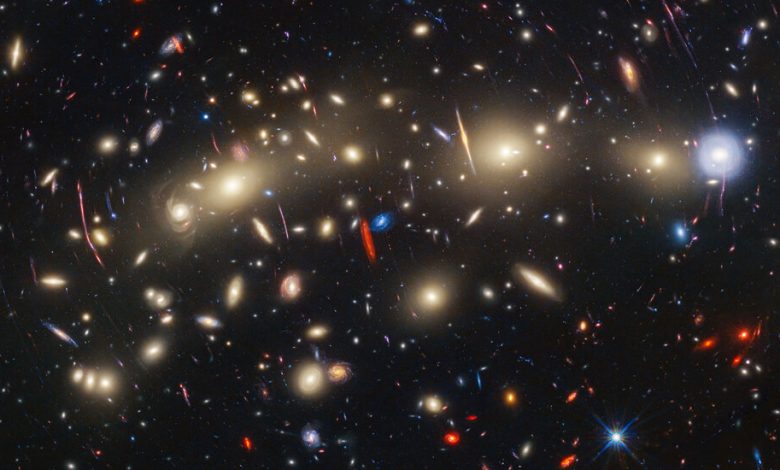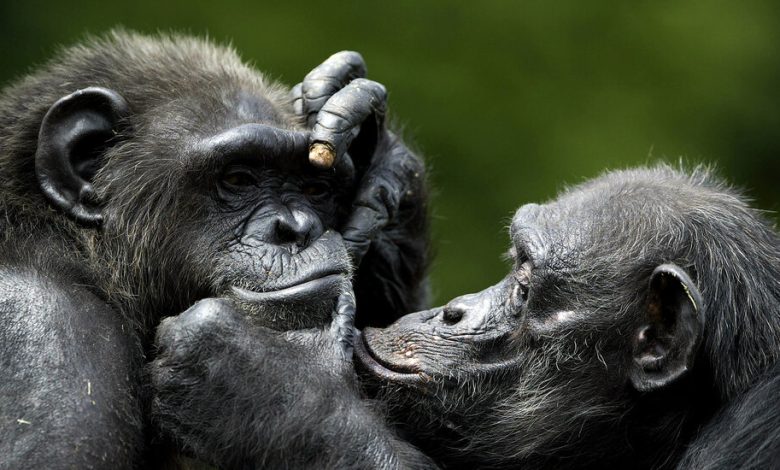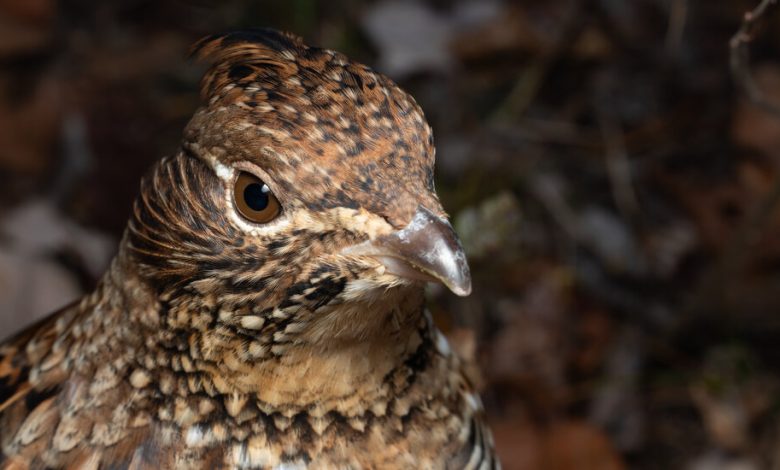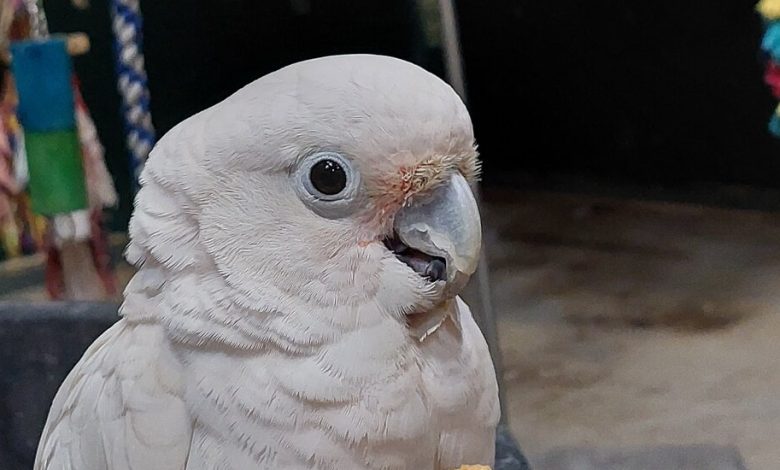Fossils collected more than 150 years ago show that the techniques some creatures use for defensive curling have not changed…
Science
Using laser communication, NASA streamed a cat video from almost 20 million miles away, or 40 round trip flights to…
For astronomers peering into the depths of the universe, Christmas came a little early this year. Using data from the…
Long-term memories may have been vital to our own evolution, suggests a new study of chimpanzees and bonobos.
A geomagnetic storm could produce captivating streaks of green or reddish light in the skies this weekend, said researchers who…
When Bill Hartline bought 50 acres of forested land outside Muncy, Pa., he was looking for a bit of solitude…
A researcher who has studied the icy world said “the prospects for the development of life are getting better and…
Hundreds of genetic variants carried by Neanderthals and Denisovans are shared by people who like to get up early.
On any given night, far from bright city lights, there’s a chance that you’ll see a beautiful streak shoot across…
Goffin’s cockatoos, long known as adept tool users, are the first parrots found to alter their food by dipping it…










